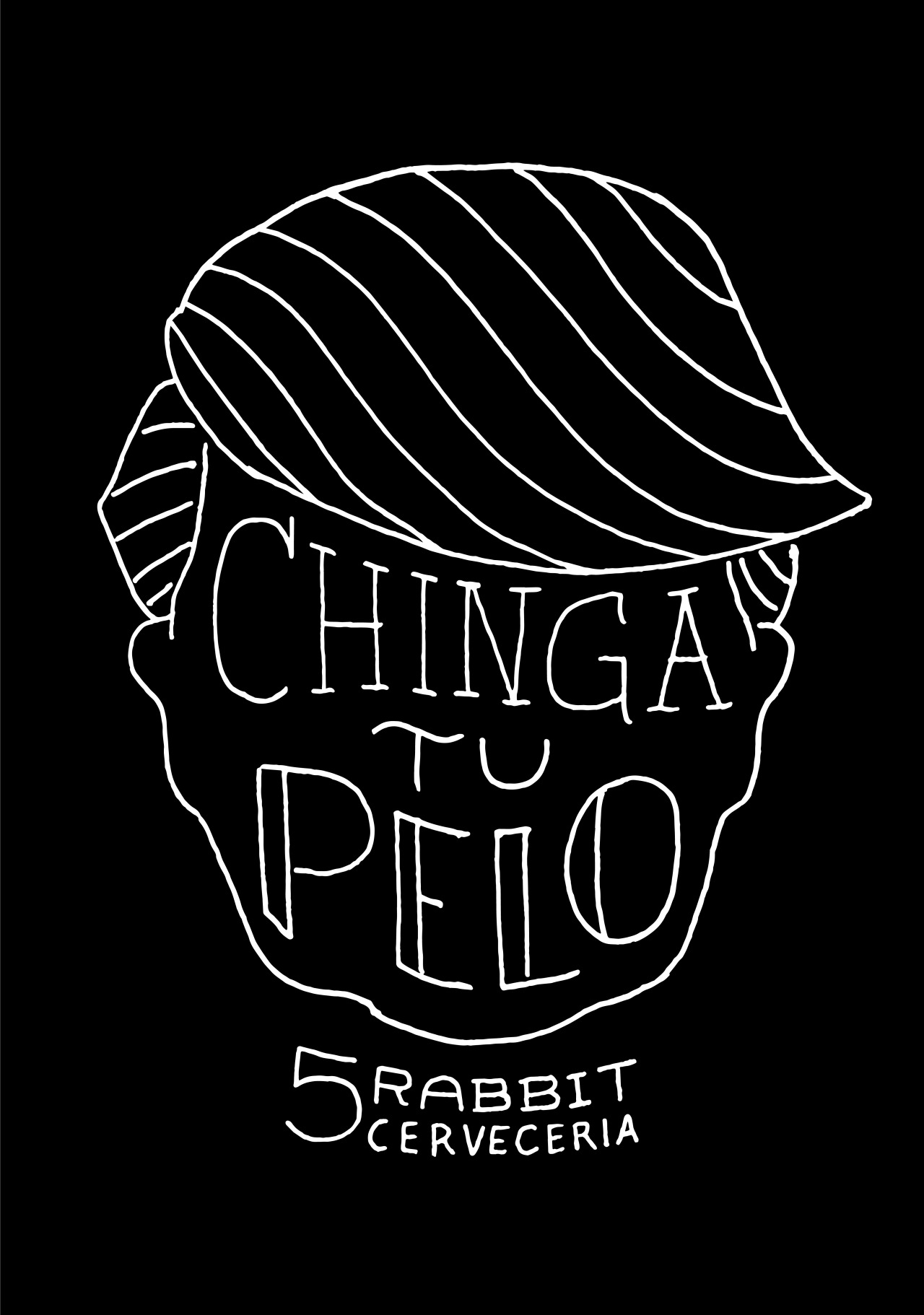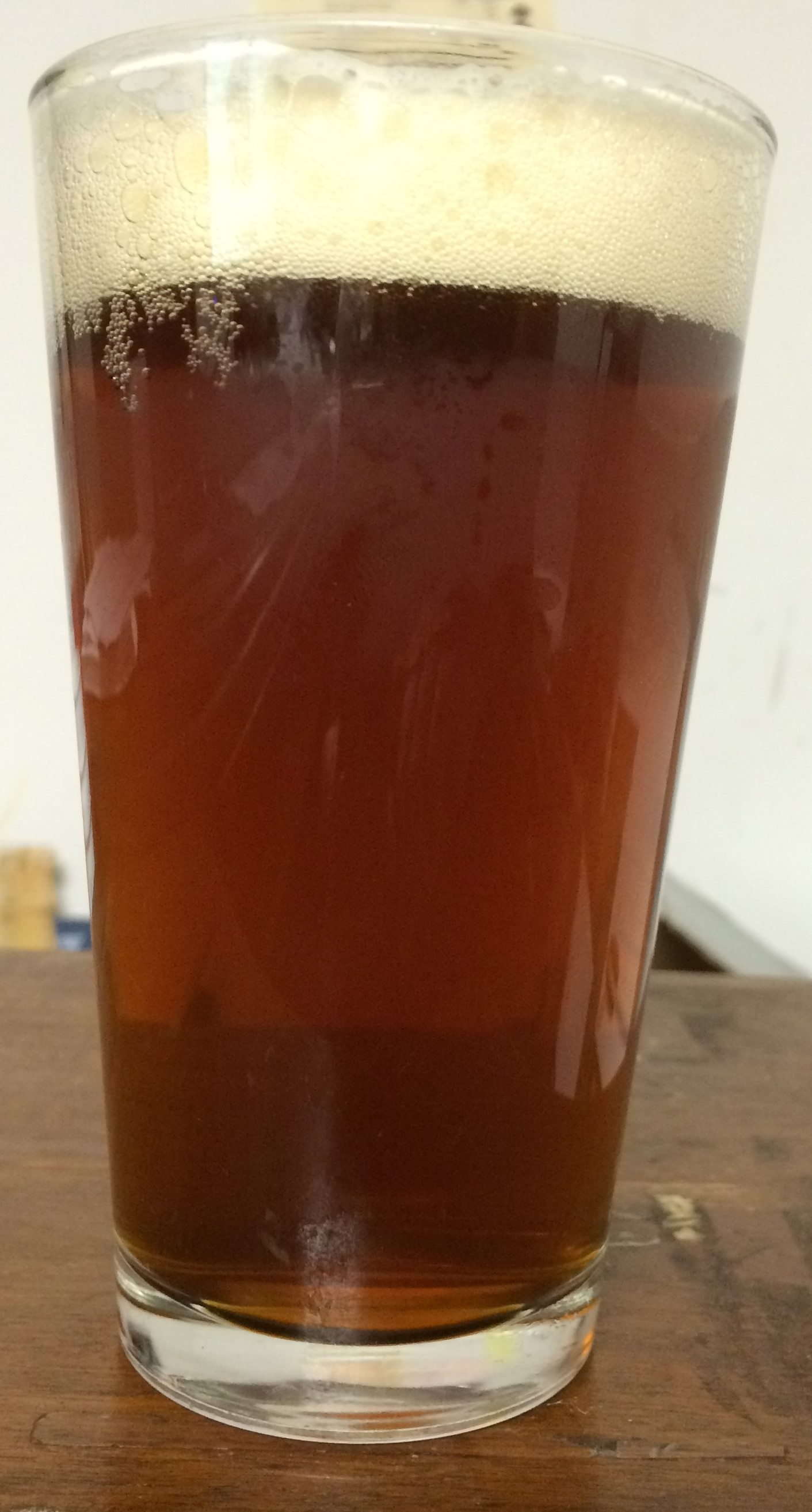Our Beer Passport program is one of the ways that we try to introduce our patrons to specific beers. With our passport selections, we want to introduce
- hard to find beers, one offs (beers brewed one time only) or new beers from brewers we love
- seasonal beers that we don’t want you to miss
- something crazy you might not try otherwise (like last year’s Bare Bear from Off-Color – had you ever even heard of the sahti style?)
- beers that demonstrate the creativity of craft brewers
- beers from newer or up and coming brewers.
With 1.5 new breweries opening every day, it’s impossible to try everything and it’s hard to know which beers are worth your time. We try hundreds of beers a year (and our distributors try even more than us!) in order to find excellent beers to serve. From time to time we like to use the passport program to introduce you to a core offering from a newer brewer or a brewer that we love. That’s why last week we had Fractal IPA from Penrose Brewing co. (a core offering from a newer brewer and rising star in the Chicago beer scene), and that’s why this week we are highlighting 3 Sheeps Cashmere Sweater Rye Stout on Nitro.
If you’ve been in The Pub in the last week and a half, you have probably seen this beer on our menu board. You may have even tried to order it. Unfortunately we’ve had some problems with one of our Nitro taps and had to turn a lot of people down. (I know, sad, right?) The problem is fixed, and so now we want as many people as possible to try this great beer. This brewer has only been around since 2012, and you may or not have had anything from them. Now’s your chance.
This beer is brewed specifically with nitrogenation in mind. For the unfamiliar, almost all beer is carbonated (meaning CO2 is added), like soda. Some beers, however, are nitrogenated (meaning NO2 is added). Guinness is the most common example. Nitrogen dioxide in beer provides much smaller bubbles than carbon dioxide, and the effects can be dramatic. First, the head is much creamier, so much so that the telltale wonder of a Nitro beer is the cascading that happens when you pour it. Unlike a carbonated beer, you don’t want to pour the beer gently into the glass. Second, the beer has an overall creamier body or mouthfeel. Third, comparing a nitro version of a beer with a non-nitro version reveals an incredible impact on flavor as well. If you tried Founders Rubaeus when we had it on nitro, then you surely noticed how much brighter and upfront the raspberry flavor was in the nitro version. Nitro can accentuate the subtle flavors of a beer and offset the aggressive, bitter flavors. Fifth, the aroma, or nose, of a nitro beer is subtler, as it’s harder for the aromas to penetrate the nitro head.
Cashmere Hammer was brewed specifically as a Nitro beer. To this end, the brewer started with Rye, which is often used in small quantities in a variety of beers for a spicy, dry effect. Too much rye can leave a beer feeling and tasting harsh, so it’s an ingredient that requires a master’s hand and an artisan’s creativity. This beer starts with the qualities of rye in mind and is designed to play with them in unexpected ways. The rye provides the boldness to punch through the nitro head for aroma, and the subtlety of the rye emerges as the harshness is palliated by the nitrogenation. The result (as with any good nitro beer) is a velvety smooth body, which is complemented by subtle rye flavor that lacks the aggressiveness typical of rye beers. (As an aside, the aggressiveness of rye can make it a great complement for the hoppy bitterness of an IPA, as in Founders Red’s Rye IPA or Great Lakes Rye of the Tiger.) The beer doesn’t disappoint the stout lovers either. This beer pours opaque and has the classic chocolate/coffee notes of a great stout. Rounding it out is a subtle dry finish.
As a bonus, we are also giving passport stamps for 5 Rabbit Vida y Muerte. We tapped this beer for Dia de los Muertos on Monday. Victor and Jody are in love with this beer. This beer is so good and so interesting, that one patron, when sipping a friend’s exclaimed, “I don’t like beer very much. I’d drink this over a cider!” Seriously – this beer is awesome.
The beer begins with a certain familiarity to those who enjoy Oktoberfest beers at The Pub. That’s because it’s loosely based on the traditional Oktoberfest märzen style. If that’s all there were to this beer, it wouldn’t be worth a passport selection. But, like Dia de los Muertos itself, this beer is a fusion of cultural influences typical of 5 Rabbit. Mexican beer is hugely influenced by the German brewing tradition, making the selection of a märzen style a fun beginning.
The next thing you’ll notice is the rich, caramel overtones. Dulce de leche (popular throughout Latin America) brings a delicate carameliness to the beer. This is the second way that the beer is in harmony with Dia de los Muertos, a holiday that combines pre-colonial and Spanish Catholic religious traditions to create something unique to the New World.
Finally, the middle, transitioning to the finish, is accented by two subtle additions. A touch of milk sugar, which is unfermentable, adds a very slight sweetness. This gives way to the specially chosen spices to create a delicate spiciness and imparts a coziness that is surprising in a beer.
Topping off the cultural fusion that is synonymous with 5 Rabbit and Dia de los Muertos, 5 Rabbit calls this style, “müerzen,” a clever bilingual pun that makes a word nerd like very happy.
Finally, from the 5 Rabbit description of the beer:
Vida y Muerte es nuestra cerveza para el Día de los Muertos. Una mezcla de tradicion católica y pre-colonial, que más que un recordatorio sombrío de la muerte, es una celebración de vida.
Enjoy one or both of these beers as tonight’s passport selection and collect up to two stamps.





